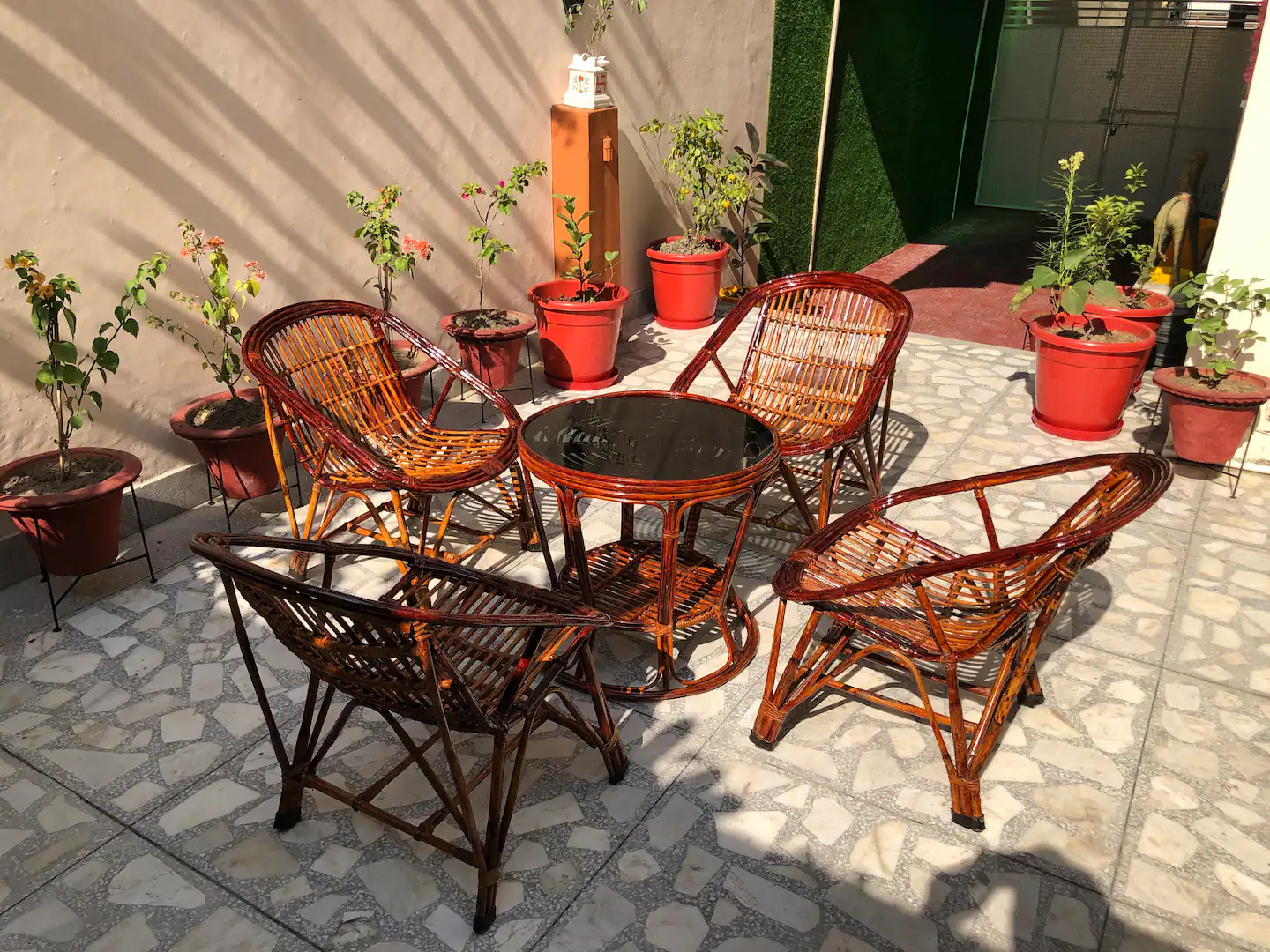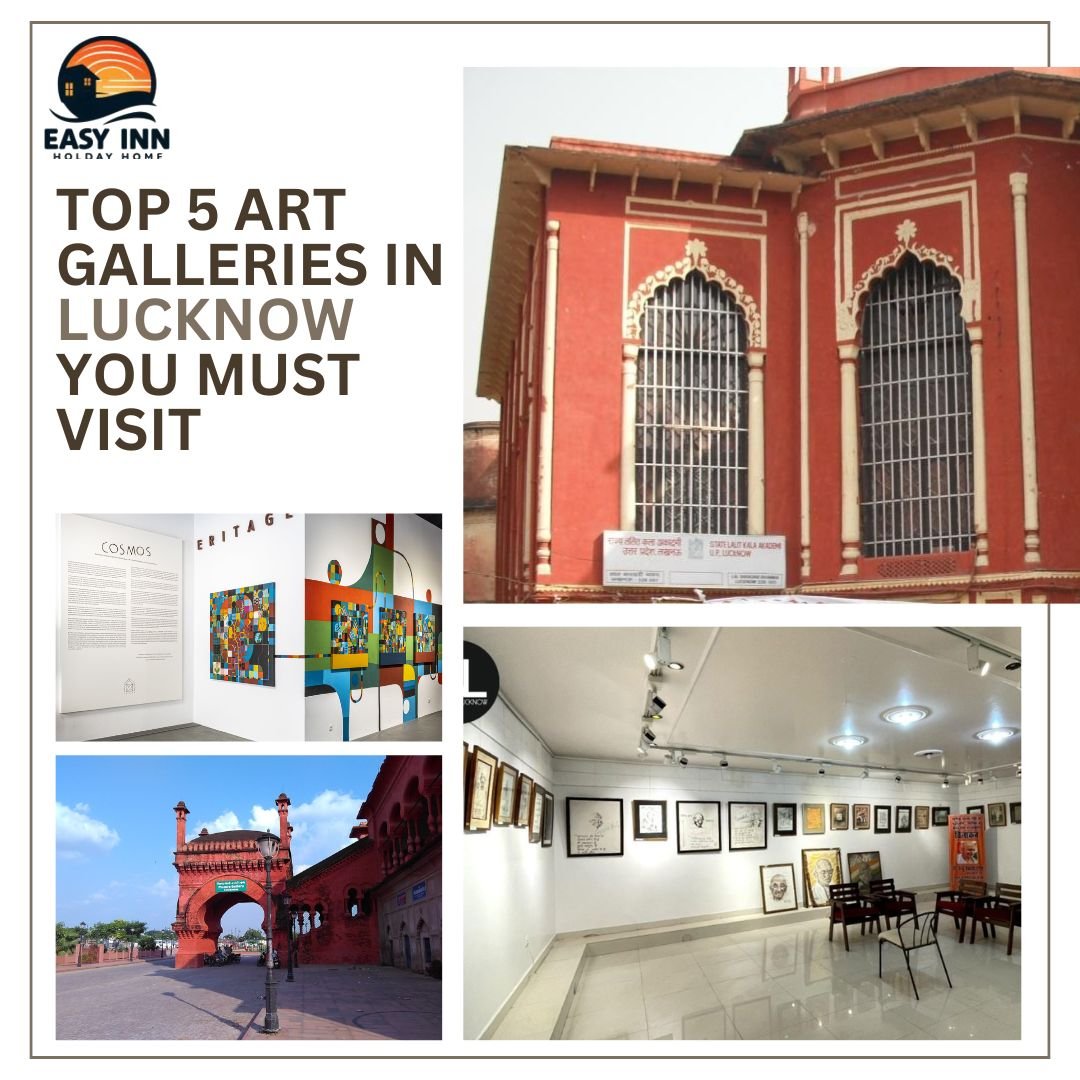A Cultural Walking Tour of Lucknow

Lucknow, the capital of Uttar Pradesh, is one of the most frequently visited tourist spots. Much of its appeal can be attributed to its rich historical, cultural, and architectural legacy.
In ancient times, Lucknow was the capital of the Awadh city during the 14th century. Beginning around 1350, the Delhi Sultanate, the Sharqi Sultanate, and then the Mughal Empire took successive control of the city and a few surrounding areas. The city was taken over by the British East Company in 1856, and it was brought under the British Raj in 1857.
People in those days called “Lucknow” by the name “Lakhnau”.
By the 11th century, the city was known as Lakshmanapuri, also known as Lakhanpur/Lachhmanpur or Lakshmanavati, after the Hindu epic Ramayana hero Lakshmana, who is said to have owned an estate there. After a while, the latter became Lakhnau. According to another theory, the Hindu goddess Lakshmi may be connected to the city's name.
India (including Lucknow) got its independence in 1947 from the British rule.
A multitude of architectural styles may be seen in the city's historic districts today. The ancient city has the great majority of the famous structures that date back to the British and Mughal periods. Many religious landmarks, including Imambaras, Islamic mosques, Aasifi Masjid, and Jama Masjid), and other shrines, as well as secular structures and palace complexes, are among the remnants of the past that still stand here.

Chhota Imambara, Rumi Darwaza, and the enormous 18th-century Bara Imambara shrine (also called Asafi/Asfi Imambara) are examples of the city's Nawabi blend of Turkish and Mughlai architectural traditions, which are adorned with opulent ornaments. Rumi Darwaja (popularly known as the Turkish Gateway) was mistakenly believed to be the same as the gateway in Constantinople.
Bhool Bhulaiya is another famous edifice that represents a maze of narrow tunnels and provides spectacular views of the city from its upper balcony. Nearby is the great Victorian Clock Tower which was completed in 1881 as a historic column.
Enjoy this self-guided introduction stroll to have a better understanding of Lucknow's history and to explore and appreciate its rich legacy.





